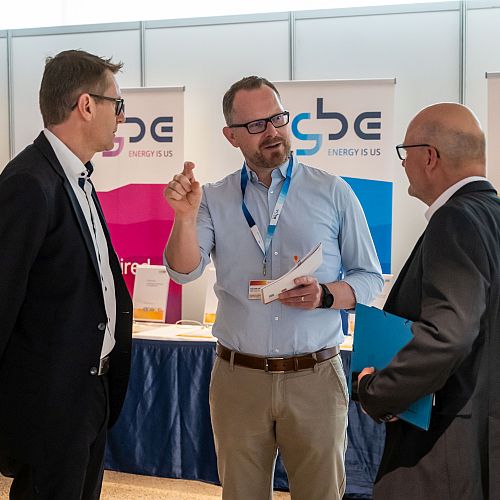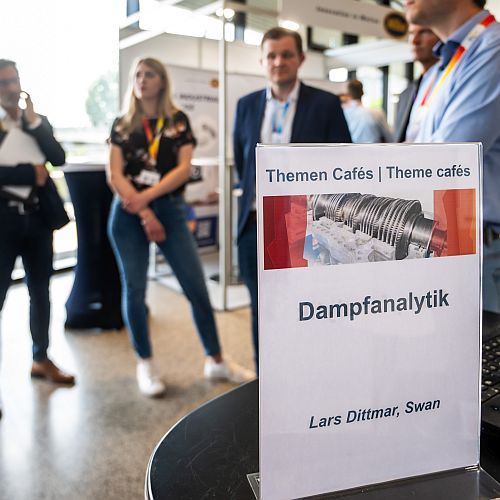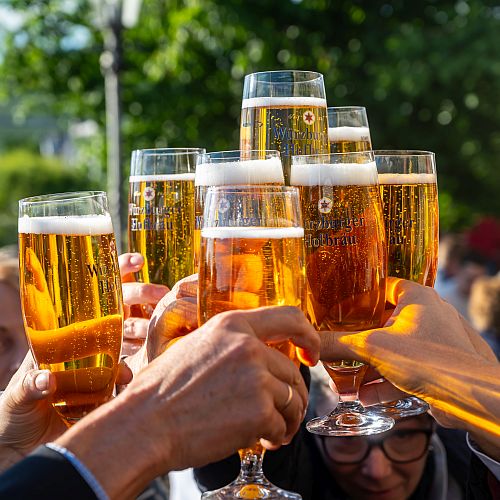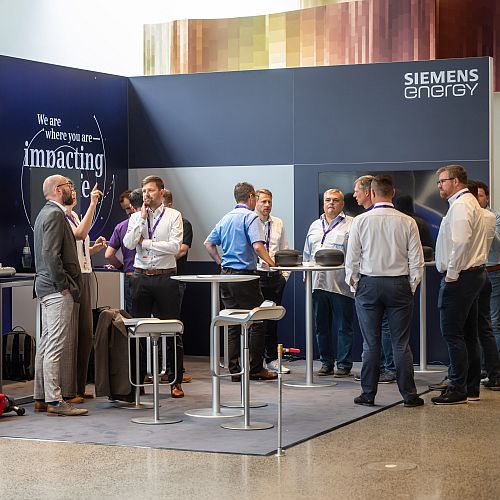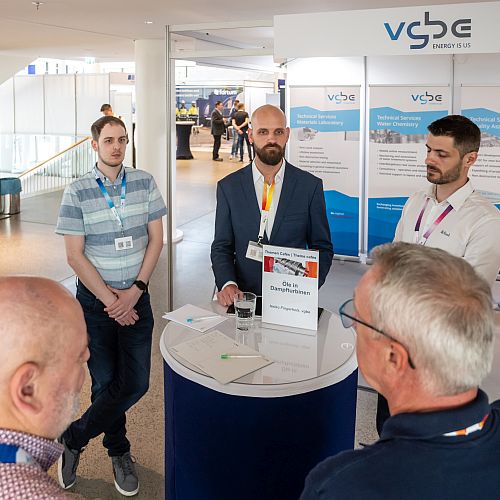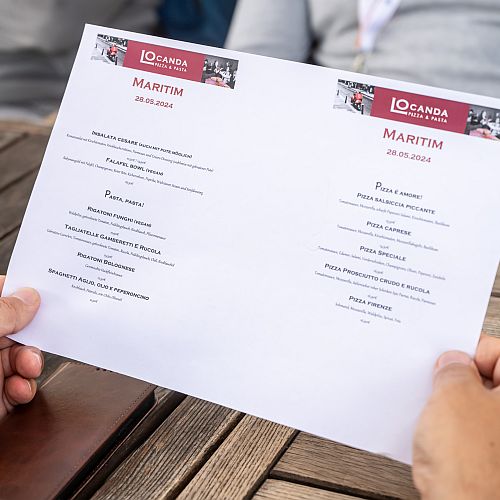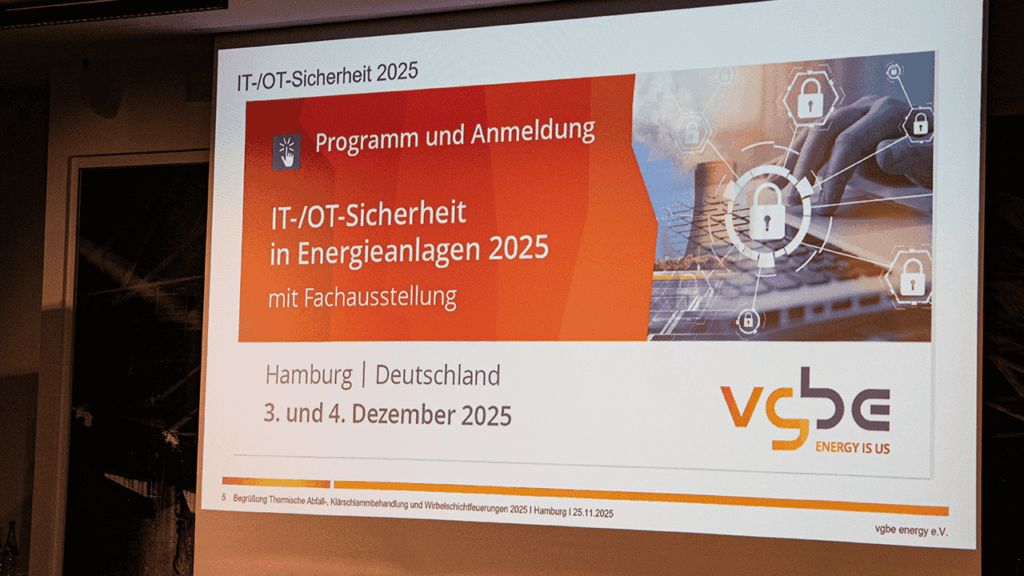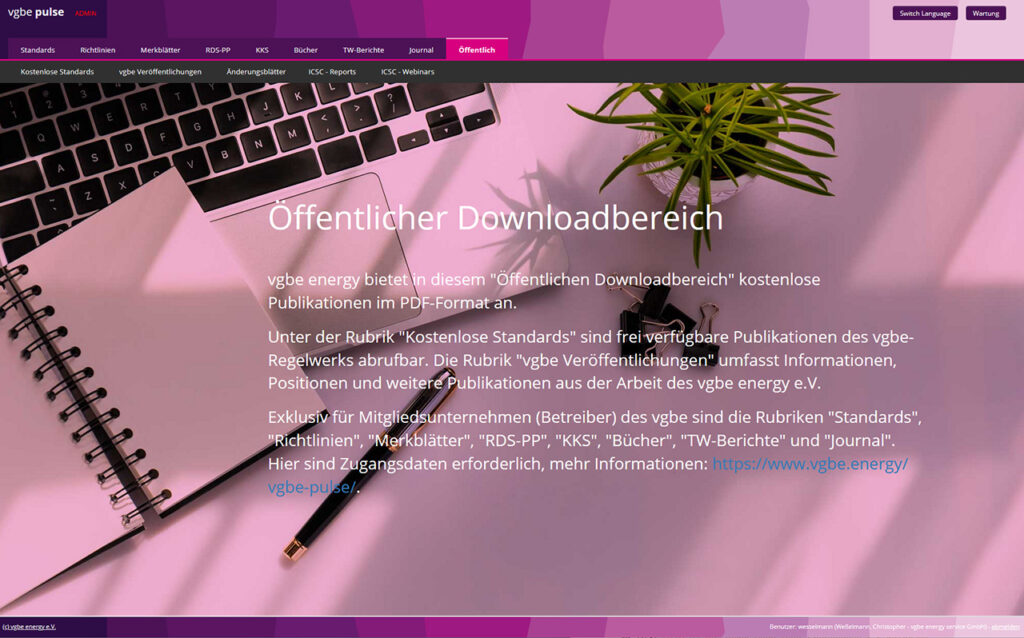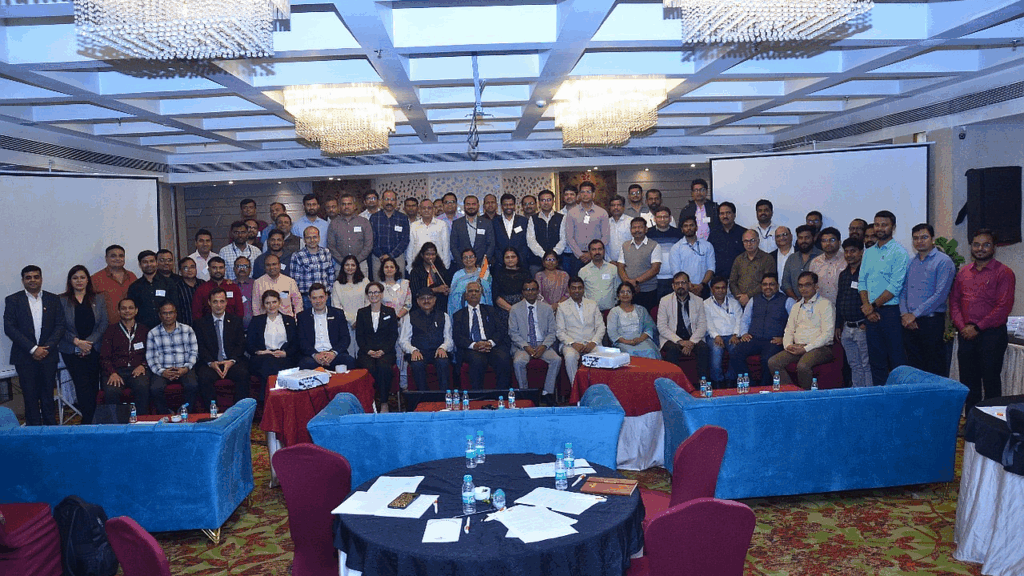A visit that was worthwhile for everyone: Under the motto “The future of the steam turbine against the backdrop of energy policy”, solutions for the upcoming challenges, such as the increasing importance of combined-cycle gas and steam power plants, increasing demands for flexible operation and the associated adjustments on the manufacturer and operator side as well as in the entire service sector were presented and discussed.
In addition to the selected lecture programme, the focus of this this year´s conference was on professional exchange, which was stimulated by a panel discussion and themed cafés on various specialist topics.
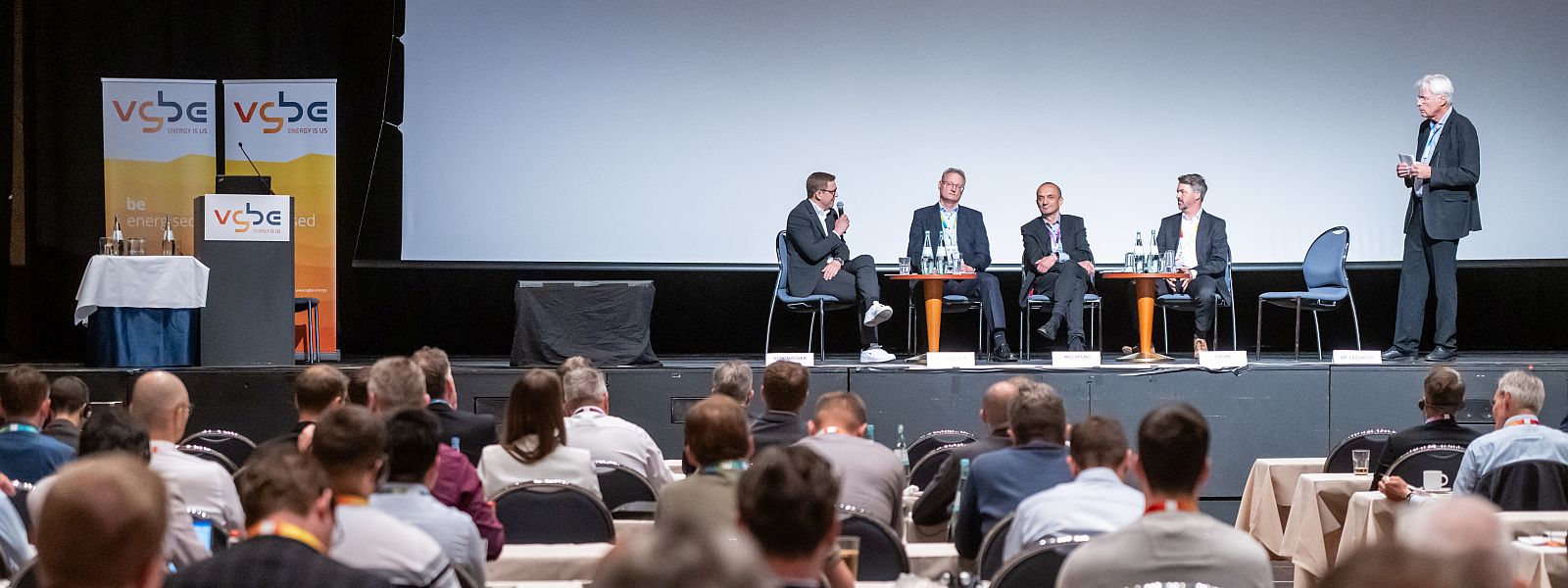
In the panel discussion on “The future of steam turbine development and utilisation” future applications and potential uses for steam turbines were discussed. The participants in the discussion, who covered the entire spectrum from low-pressure small steam turbines to industrial steam turbines and large-scale power plant turbines, also dealt with the utilisation of hydrogen.

A topic that was also addressed in the lecture programme by Frank Cornak et al. in his paper “CleanSteamBooster – Fast direct-steam-generation with hydrogen for flexible steam turbine operation”. The paper presented the development of a direct steam generator that generates or heats steam by burning hydrogen with pure oxygen in a stoichiometric ratio. This type of vapour generation is not only CO2-free, but also free of nitrogen oxides. In the already advanced and promising test campaigns, a technology level is to be reached that will enable a prototype to be tested in an existing power plant for the provision of control energy in the next development stage.
In the high-calibre lecture programme with international participation, various concepts were presented in order to meet future requirements. These included, for example, a report by an operator on the challenges of the energy transition, approaches to operation and optimisation at partial load and a presentation on grid stabilisation with synchronous couplings.
The use of artificial intelligence (AI) was also part of the programme. In his presentation “Deployment of artificial intelligence/machine learning for monitoring and prognosis of heavy rotating equipment”, Markus Ahorner presented the basics of using AI for predictive maintenance. Four elements are used: machine learning, black box theory, sensor virtualisation and trend forecasting.
Another topic was analysing availability with the vgbe database “KISSY” and practical service solutions for reducing unavailability.
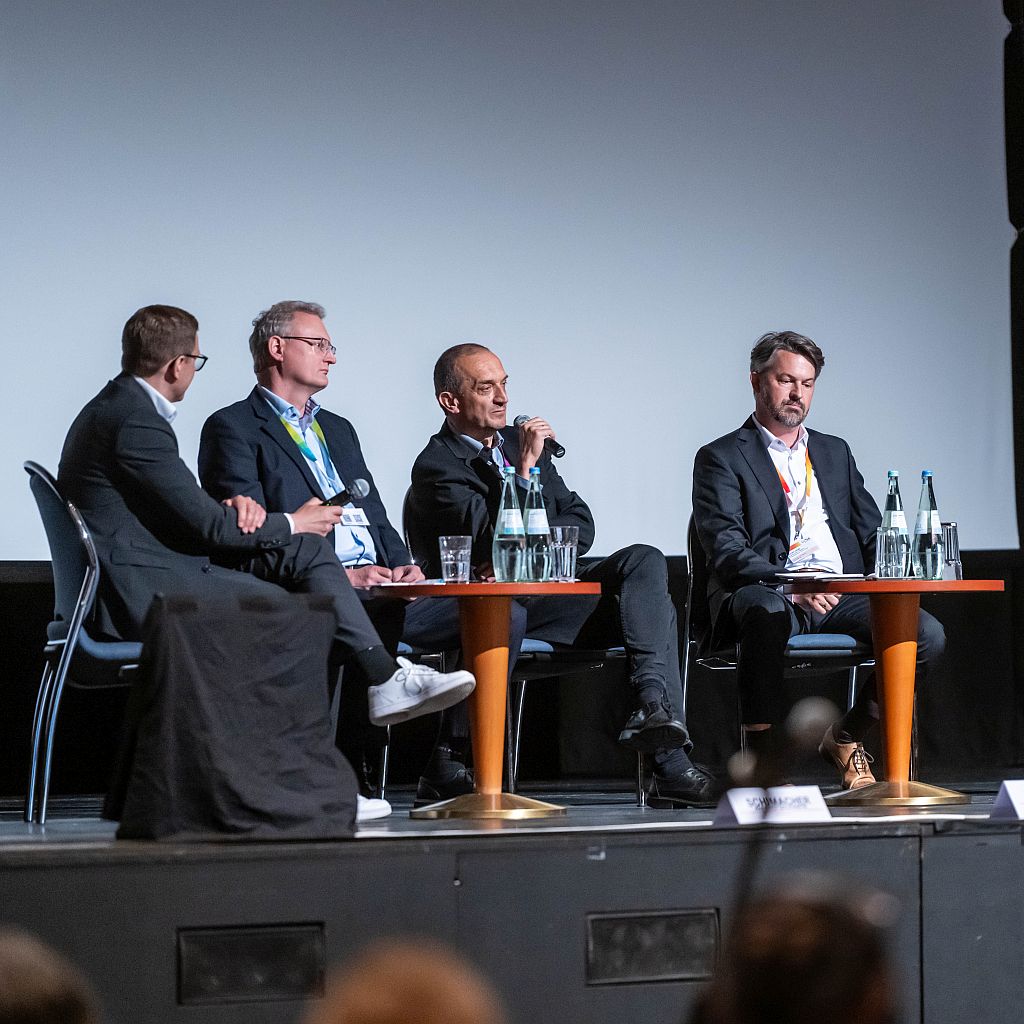
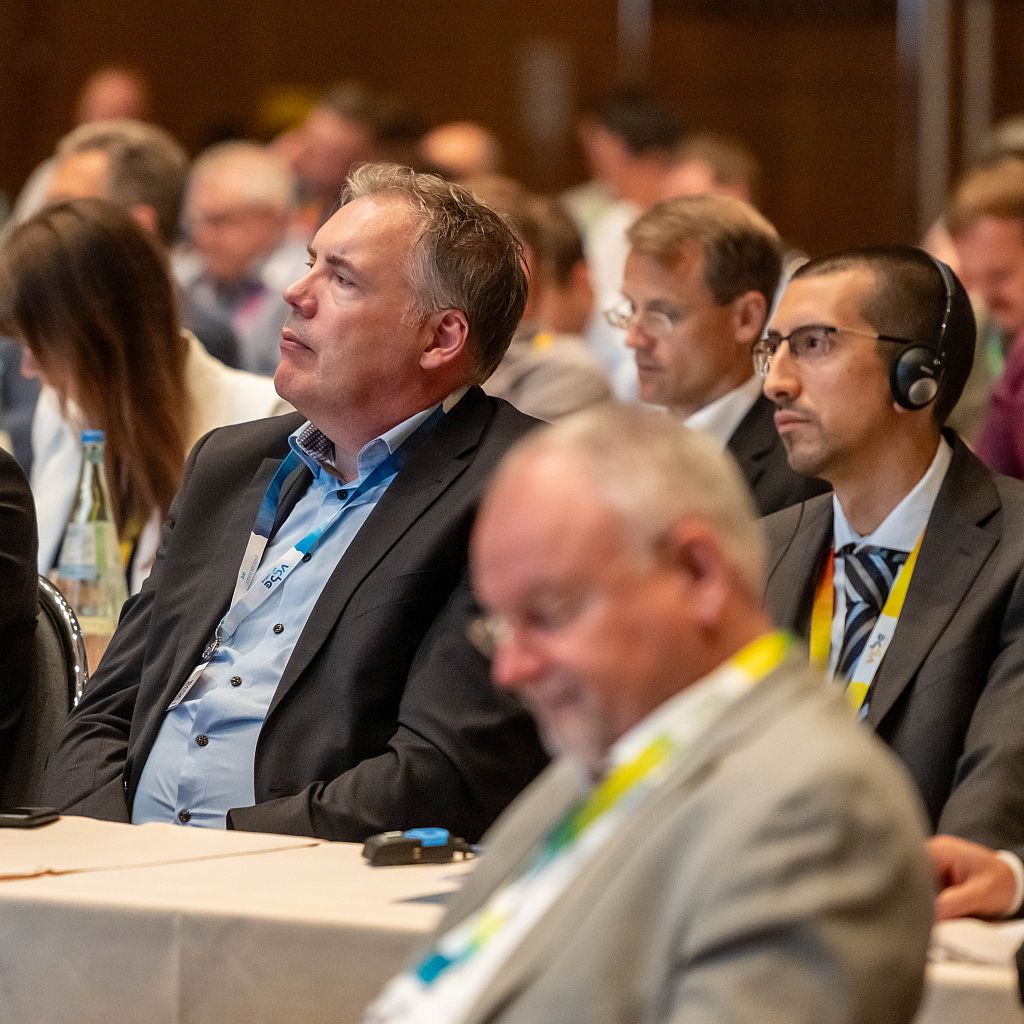
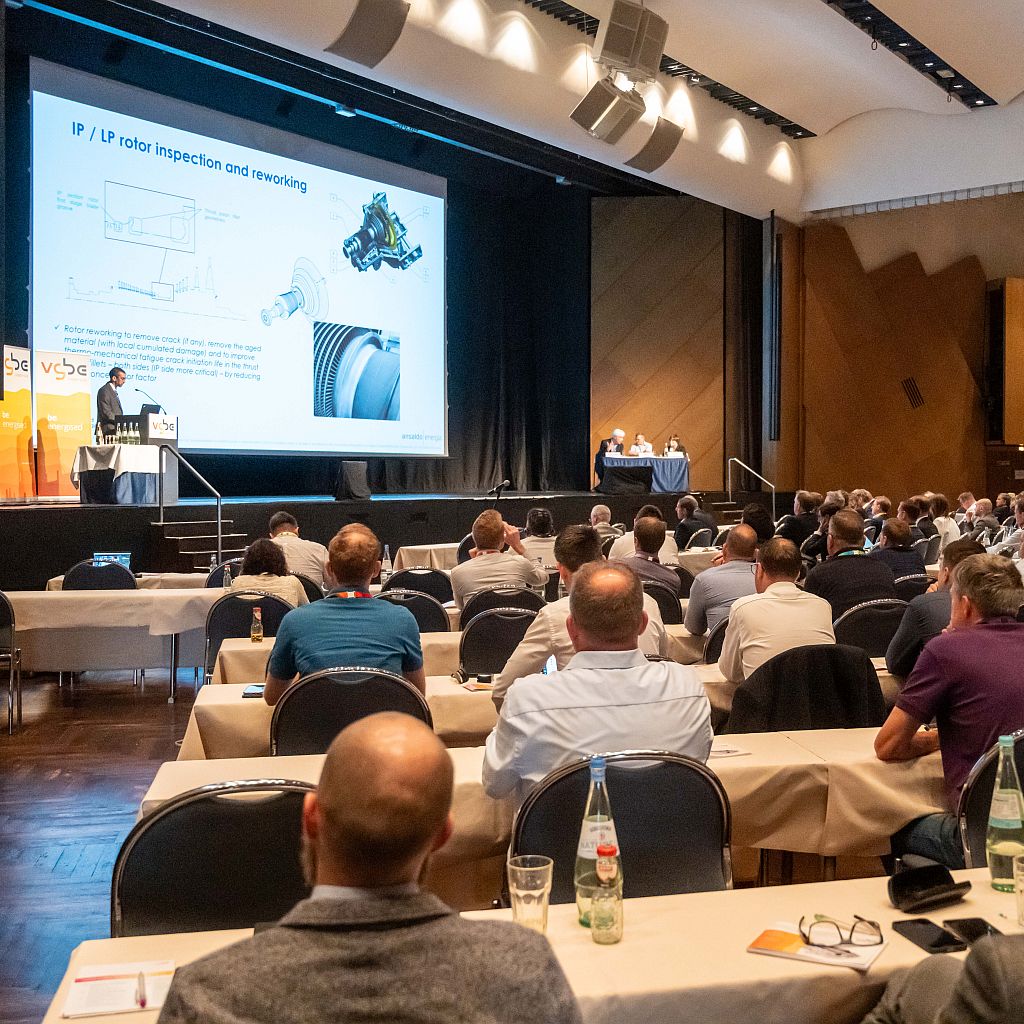
The presentation by Mark Andre Schwarz on “Current developments in blade technology taking into account new applications in the energy transition” deserves special mention. Blade developments were presented that are used for the deployment planning of turbomachinery (compressors and expanders), in storage technologies with liquid air (LAES, Liquid Air Energy Storage), compressed air (CAES, Compressed Air Energy Storage) and CO2 batteries. As the expanders are used with fluids other than vapour, there are different requirements for thermodynamics, fluid and blade mechanics, among other things. Accordingly, new blade families have been developed across the entire flow path. However, the classic application, i.e. the steam turbine pressurised with steam, was not ignored, thus considerable efficiency potentials can also be exploited here in some cases. T he paper was particularly well received and was the subject of lively discussion.
Other contributions provided an insight into additional current topics relating to steam turbines, such as a contribution on the phenomenon of tilting segment flutter or the repair of rotor damage caused by stress corrosion cracking.
An innovation at this year’s steam turbine conference was the themed cafes with the following topic groups
- Maintenance and inspection planning,
- Steam turbines in waste incineration plants,
- Oil in steam turbines,
- Steam analysis and
- Best Practice (open dialogue in English)
Here, the participants encountered according to the various topic groups, resulting in extremely value-adding discussions, most of which continued well beyond the planned timeframe.
In addition to the lecture programme and the technical discussions, there is always plenty of time for networking. To this end, the vgbe turbine conferences are traditionally rounded off with a boat trip as part of the evening event. This year, however, this was not possible due to a fire in the engine room of the passenger ship. Special thanks go to the conference hotel, Maritim Hotel Würzburg, which ensured at very short notice that the participants were able to spend a relaxed and stimulating evening on land.
The vgbe team would also like to thank the exhibitors, who offered their products and services in the accompanying technical exhibition, which again provided space and opportunities for professional dialogue and networking. Special thanks go to the speakers and participants who contributed to the success of the steam turbine conference 2024 with their input and the resulting intensive discussions.
The next steam turbine conference will take place in the first half of 2026 as scheduled. The date will be announced in good time on the vgbe website and in the vgbe energy journal.
